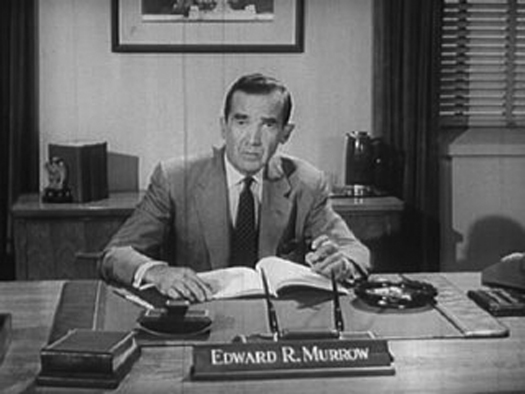| << Chapter < Page | Chapter >> Page > |
In 1990, Sirius Satellite Radio began a campaign for FCC approval of satellite radio. The idea was to broadcast digital programming from satellites in orbit, eliminating the need for local towers. By 2001, two satellite stations had been approved for broadcasting. Satellite radio has greatly increased programming with many specialized offerings, such as channels dedicated to particular artists. It is generally subscription-based and offers a larger area of coverage, even to remote areas such as deserts and oceans. Satellite programming is also exempt from many of the FCC regulations that govern regular radio stations. Howard Stern, for example, was fined more than $2 million while on public airwaves, mainly for his sexually explicit discussions.
Television combined the best attributes of radio and pictures and changed media forever. The first official broadcast in the United States was President Franklin Roosevelt’s speech at the opening of the 1939 World’s Fair in New York. The public did not immediately begin buying televisions, but coverage of World War II changed their minds. CBS reported on war events and included pictures and maps that enhanced the news for viewers. By the 1950s, the price of television sets had dropped, more televisions stations were being created, and advertisers were buying up spots.
As on the radio, quiz shows and games dominated the television airwaves. But when Edward R. Murrow made the move to television in 1951 with his news show See It Now , television journalism gained its foothold ( [link] ). As television programming expanded, more channels were added. Networks such as ABC, CBS, and NBC began nightly newscasts, and local stations and affiliates followed suit.

Even more than radio, television allows politicians to reach out and connect with citizens and voters in deeper ways. Before television, few voters were able to see a president or candidate speak or answer questions in an interview. Now everyone can decode body language and tone to decide whether candidates or politicians are sincere. Presidents can directly convey their anger, sorrow, or optimism during addresses.
The first television advertisements, run by presidential candidates Dwight D. Eisenhower and Adlai Stevenson in the early 1950s, were mainly radio jingles with animation or short question-and-answer sessions. In 1960, John F. Kennedy ’s campaign used a Hollywood-style approach to promote his image as young and vibrant. The Kennedy campaign ran interesting and engaging ads, featuring Kennedy, his wife Jacqueline, and everyday citizens who supported him.

Notification Switch
Would you like to follow the 'American government' conversation and receive update notifications?